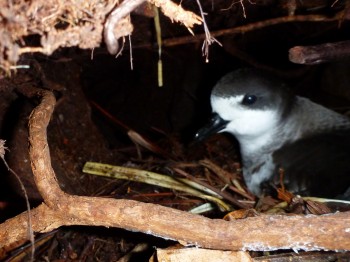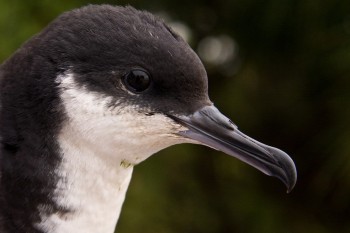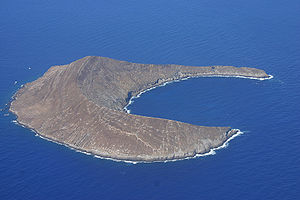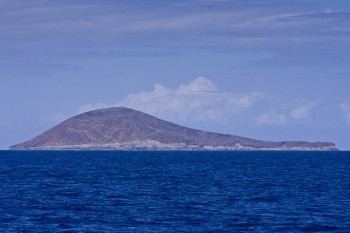ACAP will host a workshop on gadfly Pterodroma and other small burrowing petrels at the time of the Agreement’s meetings in Wellington, New Zealand next month. The Ninth Meeting of ACAP’s Advisory Committee (AC9) held in La Serena, Chile in May last year agreed to host the workshop with the main objective of advancing understanding about the best approaches for international cooperation in the conservation of the species to be considered.

Hawaiian Petrel, photograph by Andre Raine
An introduction to the workshop, along with its Terms of Reference, available as AC10 Doc 14, has now been joined online by an agenda for the one-day meeting and two background documents. One of these is a review commissioned by ACAP from BirdLife International entitled “Status, trends and conservation management needs of the Pterodroma and Pseudobulweria petrels” by Ben Lascelles, Rocio Moreno, Maria Dias and Cleo Small. The review, which covers 39 extant species, will be presented to the workshop by Karen Baird of Forest & Bird, BirdLife's national partner in New Zealand. Although password protected the paper’s detailed summary and recommendations are open for reading. The second background paper reports on a survey of the distribution and status of gadfly petrel breeding colonies in New Zealand, covering 11 species and 253 different locations.
To find all the above documents visit the workshop page.
https://acap.aq/en/documents/workshops/workshop-on-pterodroma-and-other-small-burrowing-petrels
A report of the meeting, to be chaired by Mark Tasker of the UK, with ACAP's Information Officer acting as rapporteur, will be prepared for ultimate consideration by the next session of the ACAP Meeting of Parties, due to be held in 2018, with a summary report to ACAP’s 10th Advisory Committee which commences its meetings in Wellington two days after the workshop.
John Cooper, ACAP Information Officer, 30 August 2017

 English
English  Français
Français  Español
Español 



